According to Ms. Dinh Thi Chuc in village 2, Vinh Thuan commune (Vinh Thanh district, Binh Dinh), upland rice, sticky corn and sweet cassava are not only food crops but also the "soul" and symbol of cultural identity of ethnic minorities in the mountainous areas of Binh Dinh.
“Dry rice is the pride of our mountain people. This rice variety is very precious, it has existed since ancient times. Dry rice has fed our ancestors and us through countless farming seasons,” Ms. Chuc shared.
According to Ms. Truong Thi Thuan, a researcher at the South Central Coast Agricultural Science and Technology Institute (ASISOV), upland rice is not simply a food crop but also a treasure trove of indigenous knowledge accumulated over many generations by the mountainous people. The unique characteristic of this rice variety is that it is photosensitive and can adapt to harsh conditions in the mountains.
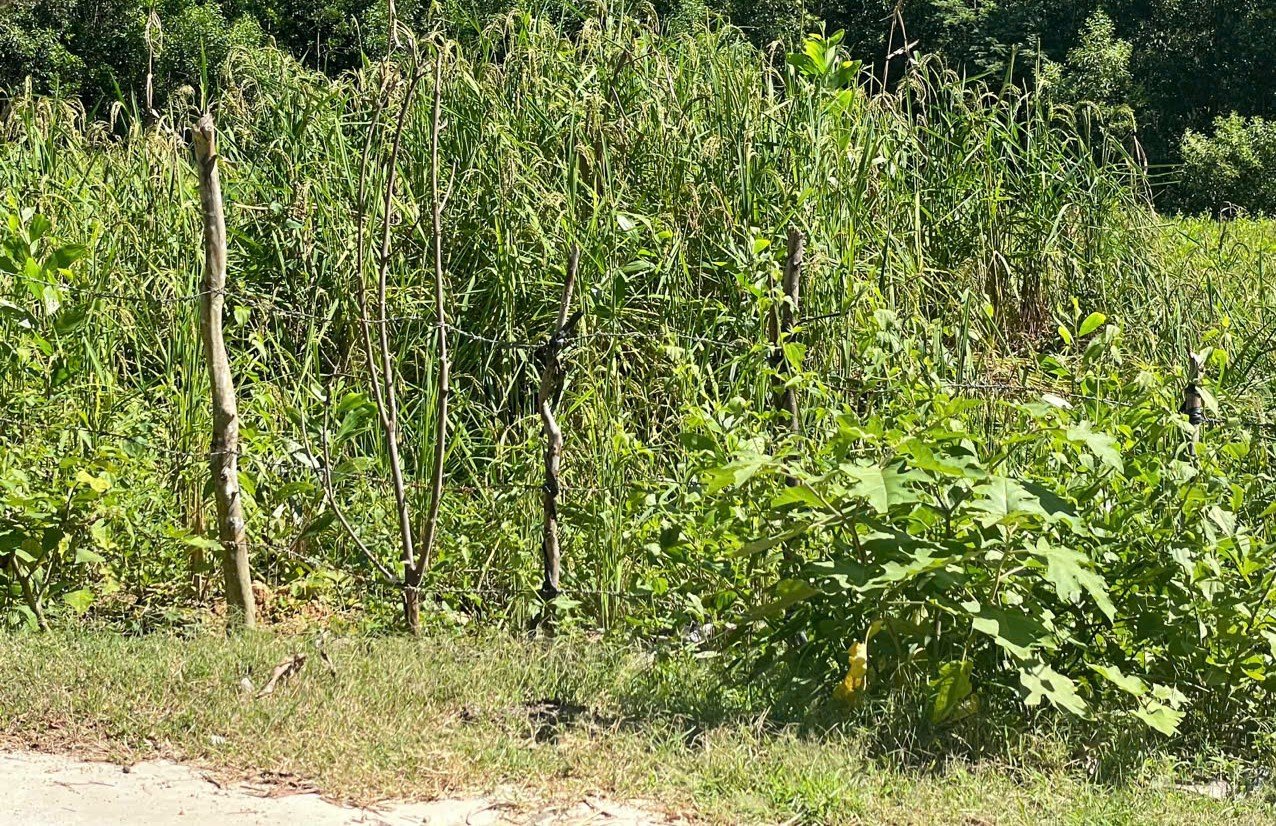
ASISOV implements a 3-hectare cultivation model of indigenous upland rice varieties in Vinh Thuan commune (Vinh Thanh district, Binh Dinh). Photo: V.D.T.
According to Dr. Vu Van Khue, Deputy Director of ASISOV, the genetic resources of indigenous plant varieties are very easy to lose. These varieties have existed from generation to generation, so they have degenerated, are susceptible to pests and diseases, and are ineffective in production, so people no longer produce them or if they still produce them, they have become mixed.
“When mixed, there is only one breed but it can have many different names. For example, we collected 9 breeds in many different localities, with different names but it could be only 1-2 breeds, but in each locality they have different names. Therefore, conservation starts with selecting and identifying valuable native breeds for conservation,” Dr. Khue explained.
With the goal of conserving the genetic resources of some crop varieties to protect biodiversity associated with economic development for rural women and ethnic minority areas of Binh Dinh province, ASISOV has investigated the current status of cultivation, evaluated the typical agrobiological characteristics of upland rice, waxy corn and sweet cassava varieties of indigenous origin in mountainous areas of Binh Dinh, and proposed solutions for conservation and development.
“The investigation was conducted in 9 mountainous and highland communes of Binh Dinh province such as Vinh Son, Vinh Kim, Vinh Thuan (Vinh Thanh district); Canh Hoa, Canh Thuan (Van Canh district); Vinh An, Tay Xuan (Tay Son district); An Quang, An Nghia (An Lao district),” said Dr. Vu Van Khue.
From the above localities, ASISOV scientists have collected 9 rare upland rice varieties such as Ba Trang, Ba Dac, Lua to, Lua da, Ba Von, Ba Kre, Ba Du, Ba Nip, Ba Toon; 3 unique waxy corn varieties and sweet noodle varieties typical of the region. After that, scientists systematically analyzed and tabulated important information about the morphology, growth, resistance, etc. of the varieties to serve the storage and conservation work as well as create a basis for research and development of the varieties in the future.
“We apply a dual conservation method, both preserving in situ to maintain natural adaptability, and storing and preserving seeds in a suitable environment to prolong the life of the seeds,” said Dr. Khue.
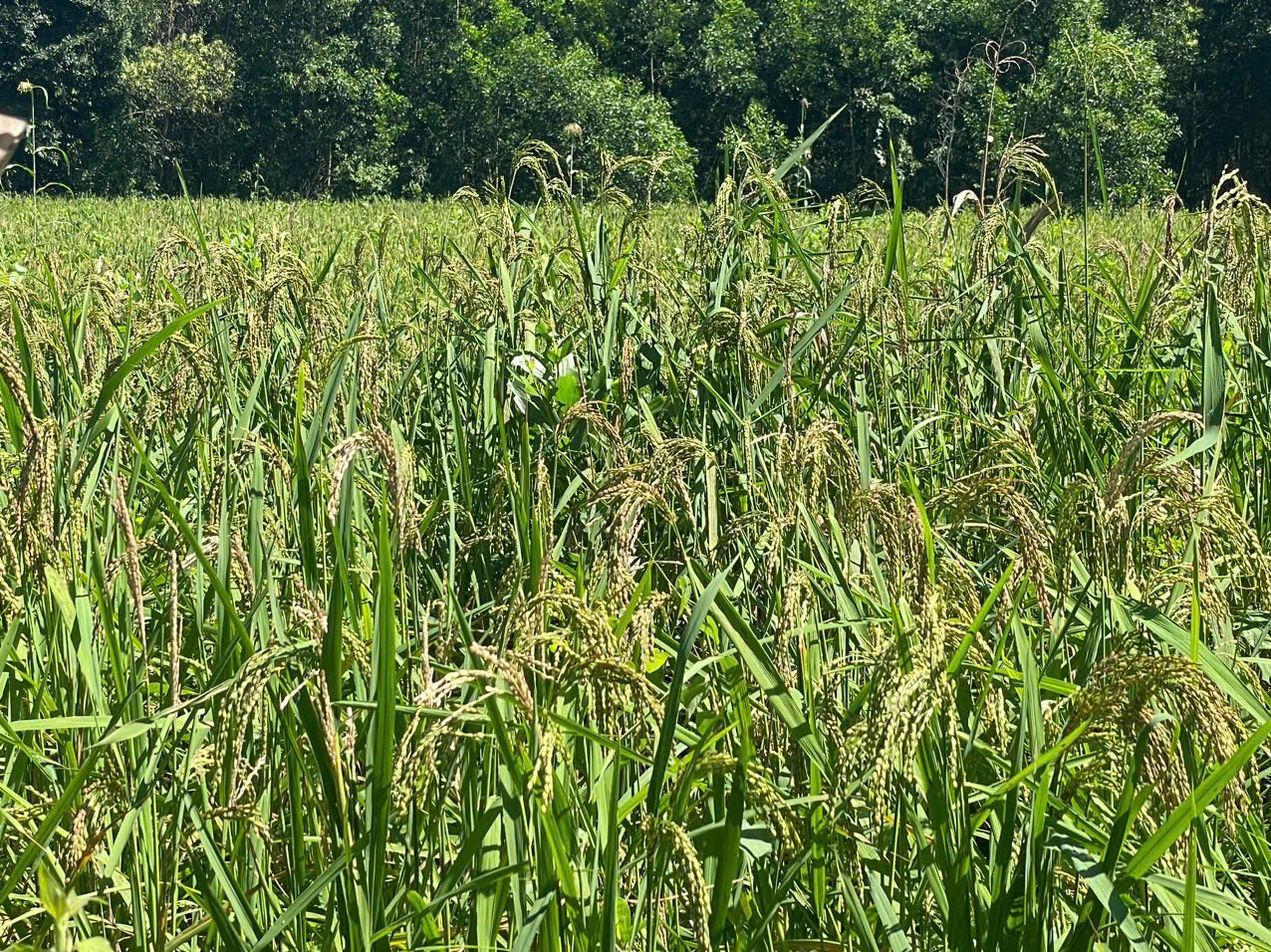
Upland rice varieties yield an average of 3.77 tons/ha, an increase of more than 21% compared to mass cultivation. Photo: V.D.T.
ASISOV has also implemented a production model of 3 dry rice varieties including Ba Dac, Ba Tranh, Ba Du with an area of 3 hectares; the average yield reached 3.77 tons/ha, an increase of more than 20% compared to mass planting; 1 hectare of waxy corn yielded nearly 13 tons/ha, an increase of nearly 21% compared to mass planting; 1 hectare of sweet noodles yielded nearly 14 tons/ha, an increase of more than 38% compared to mass planting...
These models will be replicated in the coming time so that people in rural areas, especially ethnic minorities, can access good seeds and new planting techniques to help increase productivity, increase income, and improve their lives.
ASISOV has documented and conserved both internally and externally a number of upland rice, waxy corn and sweet cassava varieties of Binh Dinh province. The scale of conserved varieties includes 2,000 m2 of rice varieties, 1,000 m2 of waxy corn varieties and 2,000 m2 of sweet cassava varieties.
“The conservation of genetic resources of indigenous breeds is consistent with the orientation of the Planning for the conservation and sustainable use of genetic resources to 2025, with a vision to 2030, approved by the Prime Minister under Decision No. 1671/QD-TTg dated September 28, 2015,” shared Dr. Vu Van Khue.
Source: https://nongnghiep.vn/bao-ton-giong-cay-trong-ban-dia-cua-binh-dinh-d421578.html




![[Photo] Looking back at the impressive moments of the Vietnamese rescue team in Myanmar](https://vstatic.vietnam.vn/vietnam/resource/IMAGE/2025/4/11/5623ca902a934e19b604c718265249d0)


![[Photo] "Beauties" participate in the parade rehearsal at Bien Hoa airport](https://vstatic.vietnam.vn/vietnam/resource/IMAGE/2025/4/11/155502af3384431e918de0e2e585d13a)
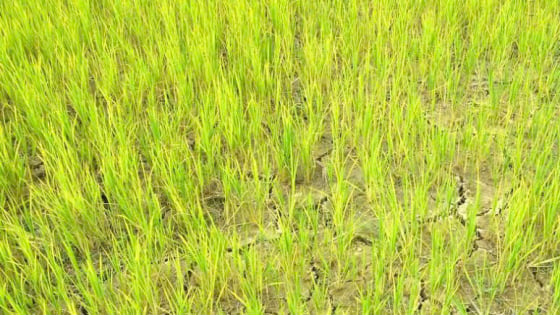
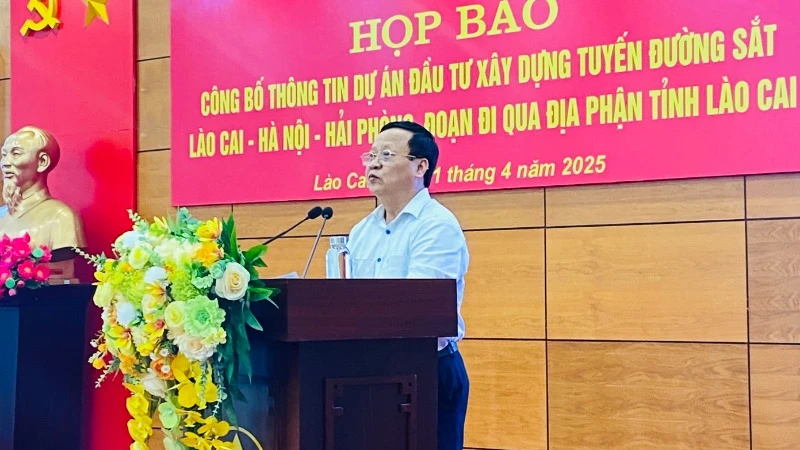

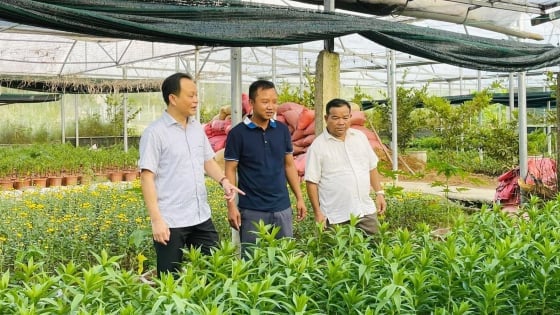
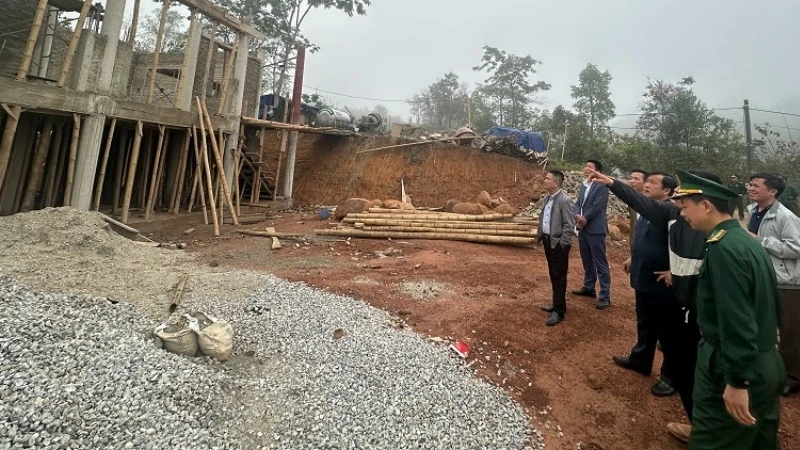



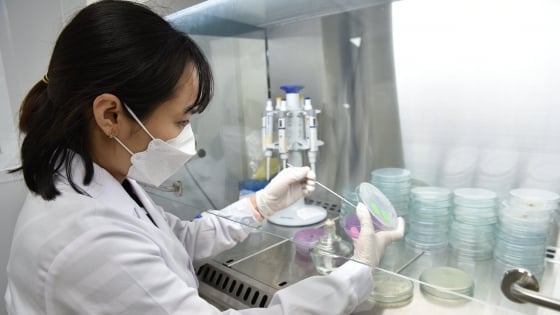
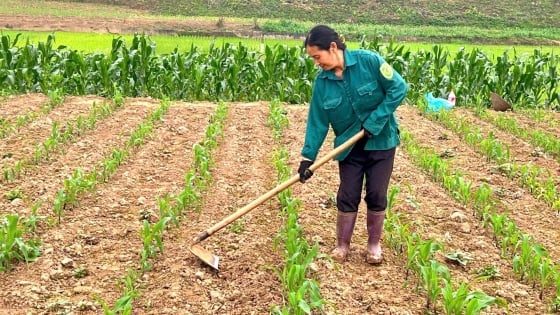

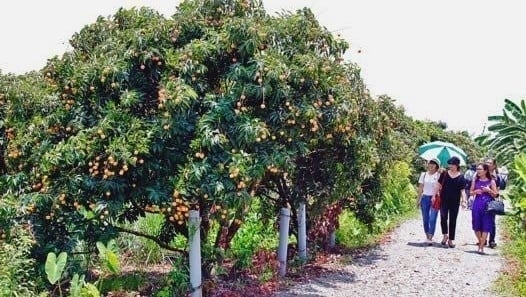
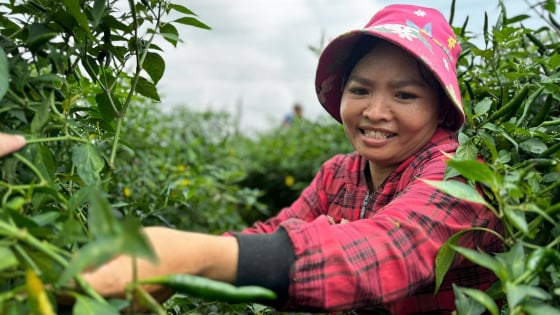

![[Photo] Summary of parade practice in preparation for the April 30th celebration](https://vstatic.vietnam.vn/vietnam/resource/IMAGE/2025/4/11/78cfee0f2cc045b387ff1a4362b5950f)











































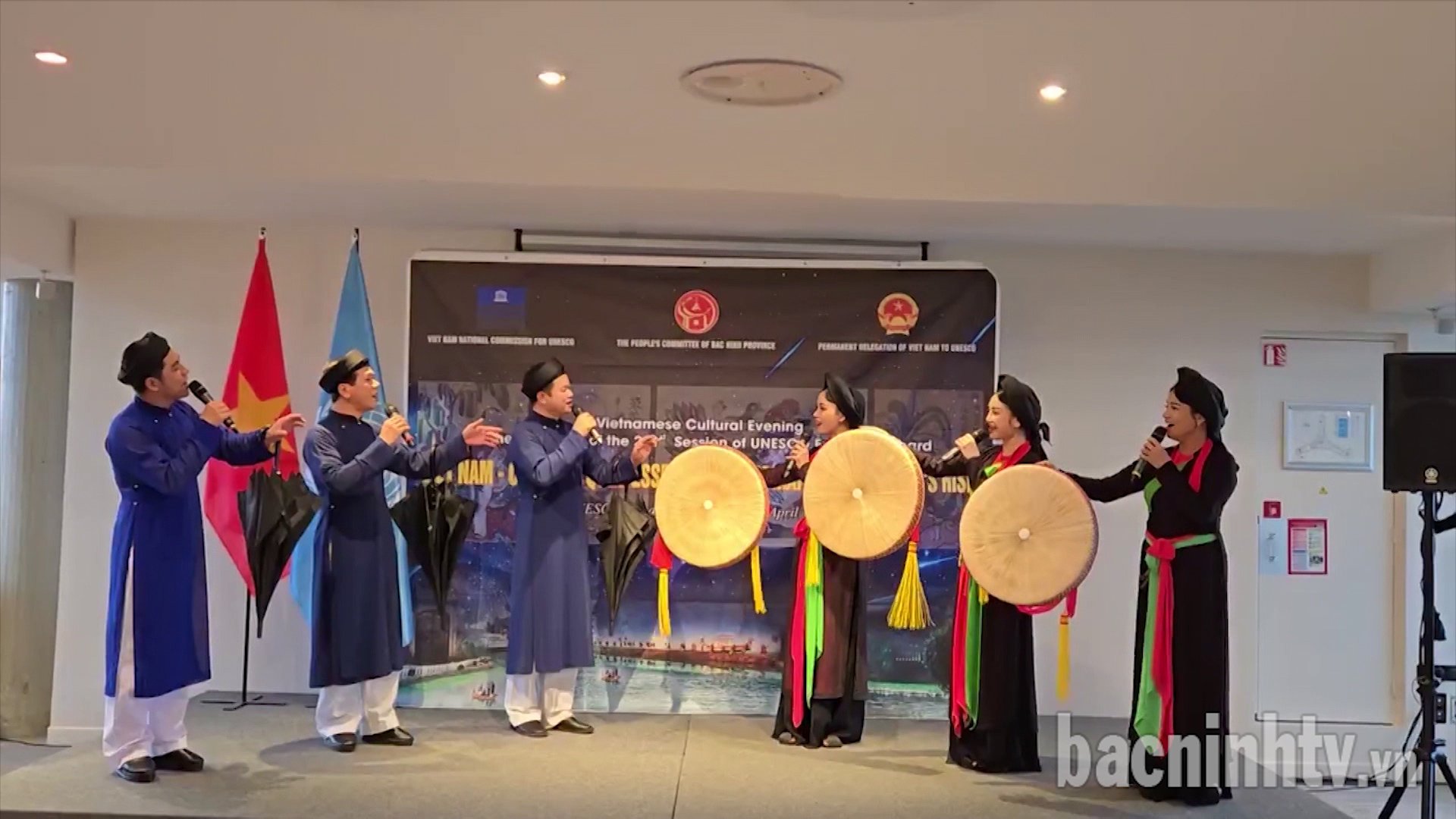


















Comment (0)